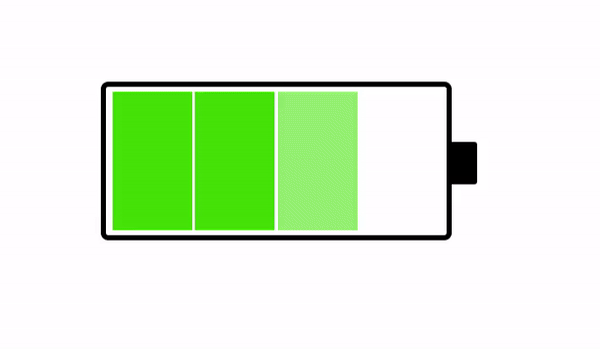The yeogwan business was first defined in the Accommodation Business Act enacted in 1962. It continued under the Public Health Act in 1986, which replaced the Accommodation Business Act, until it was subsequently replaced by the Public Health Control Act in 1999, which discontinued the use of the term. However, until May 2013, yeogwan was included as a type of lodging property in the Enforcement Decree of Building Act. It is still used in the ‘Business Code – 10th Korean Standard Industrial Classification Linkage Table,’ which is the basis for business registration.
The ‘now-abolished’ ‘Enforcement Regulation of Public Health Act’ provided specific facility standards for yeogwan in Appendix 1, which included:
Guestroom
- Must have at least 10 rooms (7 rooms in rural areas).
- Must have the following facilities and equipment:
- Each room must have a floor area of at least 6 square meters (10 square meters for rural yeogwan).
- Doors and windows must be equipped with locks.
- Rural yeogwan must include cooking utensils, a sink, and a refrigerator in the rooms, as well as a kitchen with hot and cold water supply and ventilation facilities.
- If bathrooms are installed in the rooms, they must be equipped with hot and cold water supply and flush toilets.
Others
- A reception desk must be installed.
- If a communal kitchen is provided, it must have:
- Partitioned spaces to separate it from other rooms.
- Insect-proof installations on doors, windows, and other openings.
- A drainage system and a sewage tank outside.
- Facilities to remove smoke, steam, and odors.
- If bathrooms are not provided in the rooms, communal facilities must include:
- Separate communal bathrooms or shower facilities for men and women.
- Separate flush toilets for men and women on each floor, except in areas without sewage systems where non-flush toilets can be installed away from the building.
- Washbasins on each floor.
- According to building regulations, adequate lighting and ventilation facilities must be installed.
- Lighting, moisture-proofing, insect-proofing, and drainage facilities as specified by building regulations.
The Public Health Act categorized yeogwan into two grades based on facility size and standards: Grade A and Grade B. The ‘Enforcement Regulation of Public Health Act’ Appendix 2 specified the criteria for these grades as follows:
- Grade A
- At least 20 rooms.
- At least one-third of the rooms must have attached bathrooms and flush toilets.
- Central heating system.
- Adequate parking facilities.
- Grade B
- Between 10 and 20 rooms (7 to 20 rooms in rural areas).


